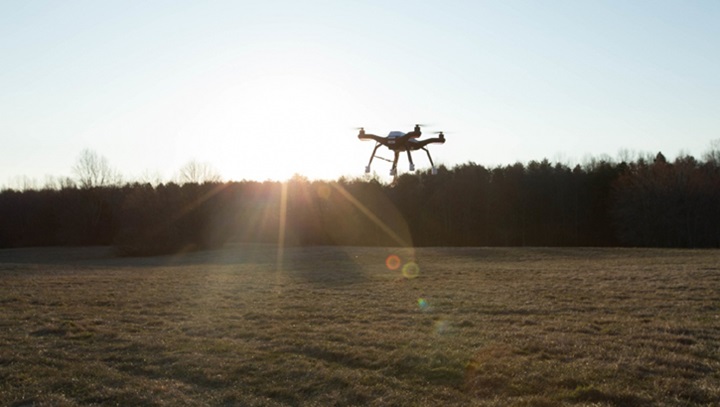The air ambulance industry has seen several technological advancements in recent times and so have drone designs. However, it is noteworthy that there are not many drones being used in the civilian space meaningfully. Of course, drones are being used in the military space extensively and with high success rates. What is stopping drones from entering the air ambulance industry? This is a question that naturally arises. In this context, it must be noted that it was the military that first adopted medical flights, which eventually became what we refer to today as the civilian air ambulance industry.
What will it Take Drones to Enter the Air Ambulance Industry?
Military drones usually function in no-man zones in war-torn or border areas where there are not many obstructions. They have a fixed task and a fixed target. There is a huge support system on the ground that adds to the functionality of the drones. However, this is not yet the case with the air ambulance industry. Looking at it from a civilian perspective, most of the drones would need to function in areas that are teeming with people, vehicles, and urban infrastructure. These translate into obstacles. Navigating through them is easier said than done.
Obstacle Avoidance is Key to Success
What if the drones are able to avoid obstacles on their own without the need for external interference? A sensory advancement like this can make a huge difference. Come to think of it, the feat is not impossible, especially considering the fact that this is precisely what autonomous vehicles do.
Of course, navigability is another issue. The ground controls that can remotely monitor the drones are limited by range. While satellite controls can be brought into the picture, the danger of misuse of such technological access looms large. The need, therefore, is for a middle ground where safety and efficiency are both ensured. For now, it is a game of wait-and-watch.


